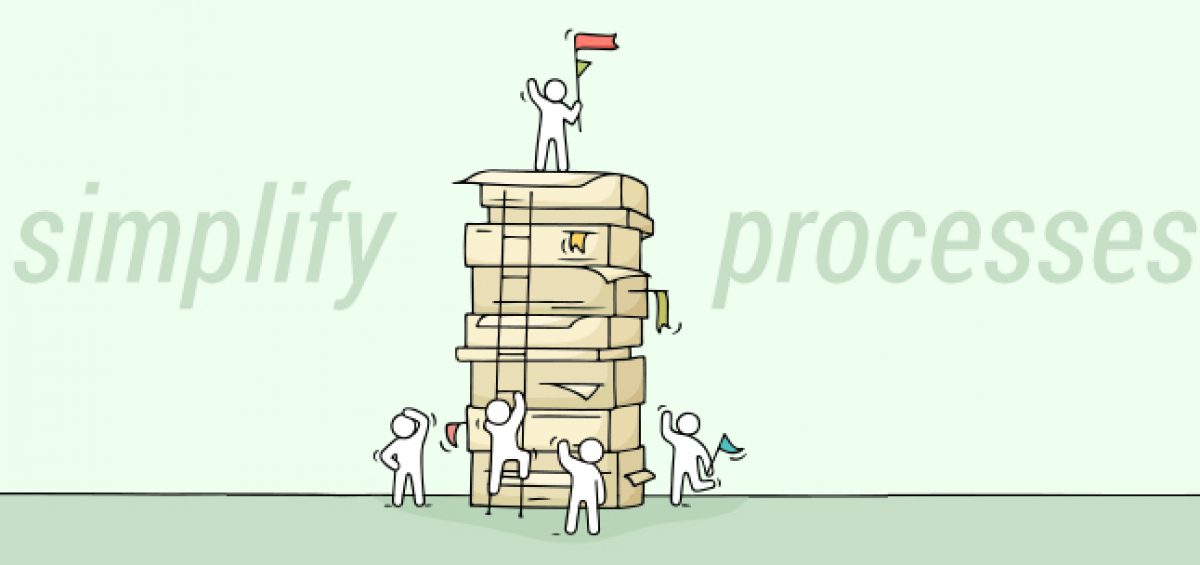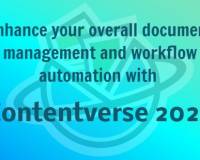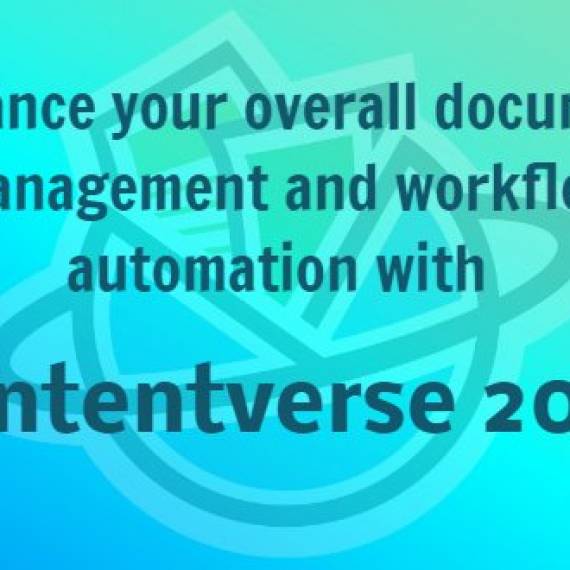Processes are very important for companies trying to scale and grow, as repeatable processes understood by a majority of the staff — and onboarded to new ones — form the backbone of how things get done. Unfortunately, though, over time — and as more and more employees are added — processes sometimes become outdated or plodding. This is where “process for the sake of process” takes the place of “process designed to make a task easier.” You want the latter. You do not want the former. Let’s look at a few ways processes can be simplified in many offices.
Information


Communication in the workplace has never been stellar, often ranking up there with “low salary” or “lack of opportunities for growth” as work aspects that people dislike on employee surveys. (Those elements often foreshadow turnover, too.) There are a lot of different approaches to making information flow better in a company, and one of the best ideas right now is to shift your primary communication models away from email. Email is a push-pull technology and thus often creates distractions as opposed to driving productive work forward. There are several collaboration and productivity tools on the market now — Slack, Trello, Asana, Basecamp, etc. — and all of them involve messaging and private forums where work can be done in a more natural flow without the interruption of email. Internally, Trello even does a series of “Coffee Talks” as a knowledge-sharing device, which help break down the barriers between silos. (Often a problem with the flow of information.) Getting better processes around information flow requires you to shift your conventional thinking about work a bit, but it’s worth it.
Documents
Perhaps nothing gives people more headaches than document iteration, version control, storage, and archiving. “Where’s that memo from two weeks ago?” (pause) “I think Brett has it.” (pause) “Brett has an out of office saying he’s on vacation for two weeks! Does anyone know where it’s stored?!?!” That email sequence creates about 8-9 unnecessary hours of work for more than one person. You need a central document management system, with varied levels of permission, and you need to make sure all the teams/silos are using that instead of creating their own solutions. (Which unfortunately often happens.) Since we already have your attention, give us a shot.
Memos
These should be hosted permanently on a Trello board or Basecamp thread — here’s a case study on how high-growth BurgerFi does just that — so that anyone can find them. You could also put them in your document storage solution. The worst process around essential memos is having them reside in the email of Person X or Person Y, because when Person Z needs them, they are impossible to find. This does involve a degree of transparency around content internal to the organization, but most document storage and productivity boards allow for security levels on certain documents/content. You should be fine.
Communication


Similar to information flow, but too often in companies, processes around communication mean “meetings” or “calls.” Meetings/calls have benefits, but too often people see them as a waste of time — which is really true in the case of one company that spent about 300,000 hours in a year preparing for just one weekly meeting. Quick check-ins about progress or what people are working on are usually far more effective than long-form weekly meetings, and if leaders offer up their biggest challenge to a group and invite the group to help solve it, that can foster empowerment among junior staff members. (Which, again, will help with turnover.) The common answers to “better communication process” tend to be “Intranet” or “internal email newsletter,” but both of those have flaws as well.
Services/Products
People have written books about better processes around services and products (i.e. better operations), so we won’t belabor the point here. The main thing we’d recommend in this area is to always keep the insights of the end user (customer) in mind as you shift processes or attempt to scale operations. Customer experience means a lot in a time of massive choice overload for most products/services, so the best process is one that consistently takes into account the needs of those you’re selling to.










